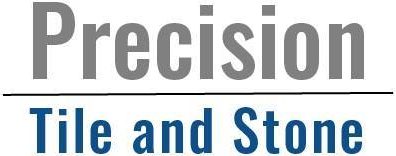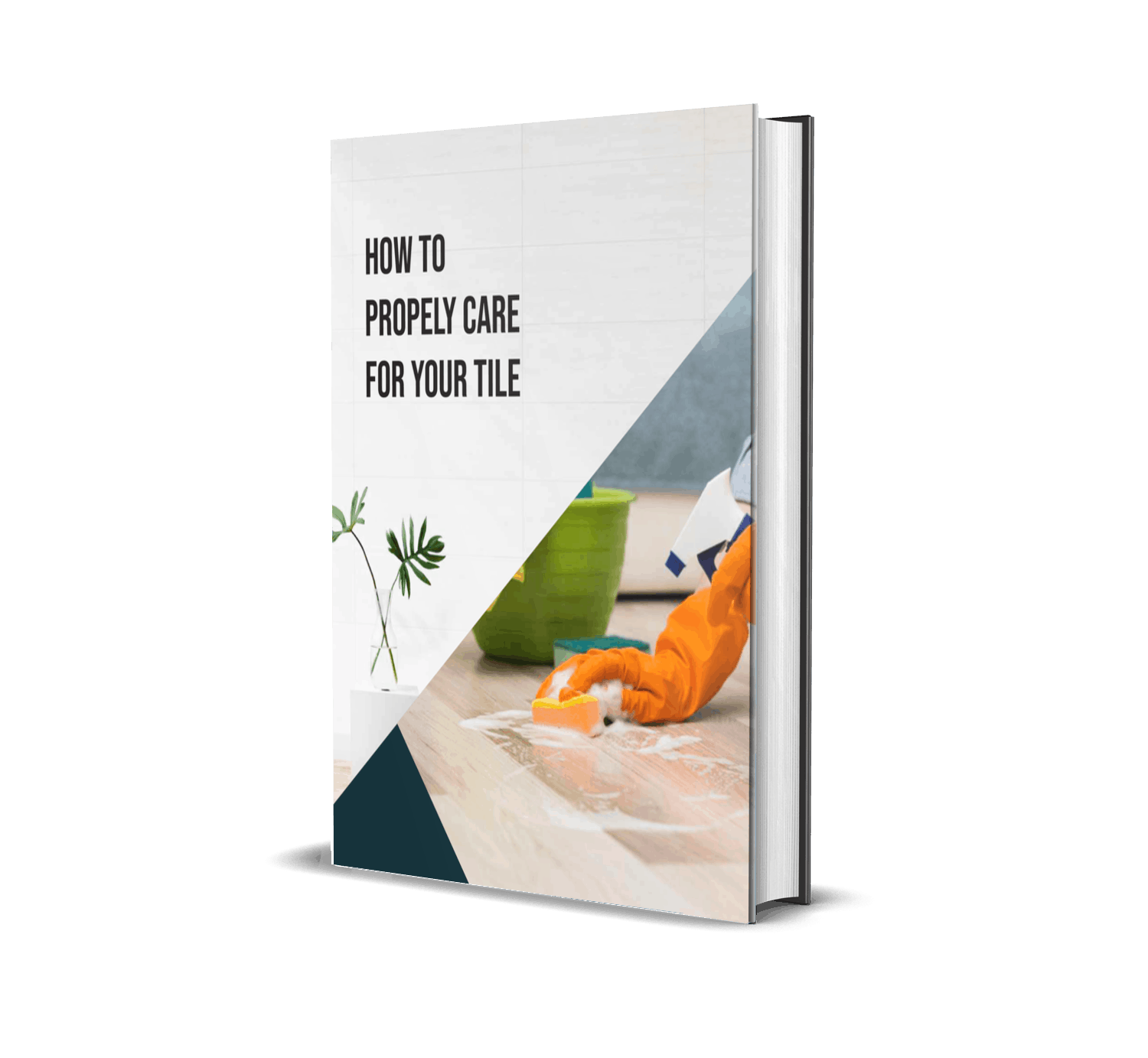Does your shower feel outdated, but you’re not ready for a full remodel? Many homeowners want a fresh, modern look without the hassle of tearing out old tiles, dealing with demolition, or spending a fortune on renovations. The good news? You don’t have to start from scratch! With new shower options over existing tiles, you can upgrade your bathroom quickly, affordably, and with minimal mess. From sleek acrylic panels to durable epoxy coatings, several solutions allow you to refresh your shower without removing the original tiles.
In this guide, we’ll explore the best ways to achieve a stylish, waterproof, and long-lasting shower makeover—while saving time, effort, and money.
Best New Shower Options Over Existing Tiles
Here are some of the best ways to revamp your shower without removing the existing tile:
1. Tiling Over Existing Tiles
If you love the look of tiles but want a refresh, you can install new tiles over the old ones.
- Pros: It saves time and labor, and no demolition is required.
- Cons: Increases wall thickness, which may require adjustments to fixtures.
- What You Need: High-quality thin-set mortar, tile spacers, and proper surface preparation.
2. Acrylic or Fiberglass Shower Panels
Acrylic and fiberglass panels are lightweight and easy to install over existing tiles. These panels provide a seamless, waterproof barrier, making them a popular choice for quick and hassle-free shower makeovers.
- Pros: Easy to install, minimal maintenance, and budget-friendly.
- Cons: Limited design options compared to tiles.
3. Waterproof Wall Panels (PVC or Composite Materials)
PVC and composite wall panels are another great option for covering old tiles. These panels are available in various colors and textures, mimicking materials like stone or wood.
- Pros: Water-resistant, lightweight, and quick to install.
- Cons: May require professional installation for a seamless look.
4. Epoxy Resurfacing
Epoxy resurfacing is an innovative way to coat your existing tiles with a waterproof, durable finish. This method creates a smooth, modern appearance while sealing any cracks or grout lines.
- Pros: Cost-effective, waterproof, and customizable with various colors.
- Cons: Requires precise application and drying time.
5. Peel-and-Stick Tiles
For a DIY-friendly solution, peel-and-stick tiles can be applied directly over old tiles. These self-adhesive tiles are perfect for quick and affordable updates.
- Pros: No grout or mortar needed, simple DIY installation.
- Cons: Less durable than traditional tiles, may not be suitable for high-moisture areas.
Common Challenges and How to Solve Them
Installing a new shower over existing tiles is convenient, but a few challenges can arise. Here’s how to handle them:
- Waterproofing Concerns: To prevent moisture buildup, make sure the surface is properly sealed. Adding a waterproof membrane or sealant can help protect against leaks.
- Adhesion Issues: Some materials may not stick well to tiles. Use a bonding primer or lightly sand the surface to improve grip. Choosing the right adhesive also makes a big difference.
- Increased Thickness: Adding new layers can make walls thicker, which might affect fixtures like faucets and showerheads. Plan for adjustments, such as using spacers or extending plumbing connections.
- Mold and Mildew Prevention: Poor ventilation can lead to mold growth. Ensure proper airflow and check for trapped moisture behind panels or tiles to keep your shower fresh and dry.
Preparing Your Existing Tiles for a Shower Makeover
Regardless of the method you choose, proper preparation is essential to ensure the new surface adheres correctly. Follow these steps:
Clean the Tiles Thoroughly – Remove all dirt, grime, and soap scum.
Check for Damage – Repair any cracked or loose tiles before installation.
Roughen the Surface – Lightly sand the old tiles to create a better bonding surface.
Apply a Bonding Primer (If Needed) – Some materials require a primer to enhance adhesion.
Seal Grout Lines – Apply a waterproof sealant to prevent water penetration through grout lines.
How to Maintain Your New Shower for Long-Lasting Results
To ensure your new shower lasts, follow these maintenance tips:
- Regular Cleaning: Use non-abrasive cleaners to preserve the finish.
- Sealant Application: Reapply waterproof sealants periodically if necessary.
- Check for Moisture Buildup: Address any leaks or condensation promptly to prevent mold.
- Inspect Caulking: Replace worn or cracked caulking around panels and tiles.
- Avoid Harsh Chemicals: Use mild detergents to prevent damage to surfaces.
Cost Considerations for Shower Upgrades
The cost of upgrading your shower over existing tiles depends on the method you choose. Here’s an estimate for each option:
- Tiling Over Tiles: $5 – $15 per square foot
- Acrylic or Fiberglass Panels: $300 – $800 per panel
- PVC or Composite Wall Panels: $10 – $25 per square foot
- Epoxy Resurfacing: $4 – $10 per square foot
- Peel-and-Stick Tiles: $1 – $5 per square foot
DIY vs. Professional Installation
While some shower upgrade options can be installed as a DIY project, others require professional expertise. Choosing the right approach depends on your skill level, available time, and budget. If you’re comfortable with basic tools and measurements, DIY-friendly options can save money and be completed quickly. However, more complex installations may require specialized knowledge to ensure a durable and professional-looking finish.
- DIY-Friendly Options: Peel-and-stick tiles, acrylic panels, waterproof wall panels. These are easy to install and require minimal tools.
- Professional Installation Recommended: Tiling over existing tiles, epoxy resurfacing, and custom wall panels. These methods need precise application to ensure longevity and waterproofing.
- Factors to Consider: Time, skill level, and budget. A DIY project may take longer if you’re unfamiliar with the process while hiring a professional ensures efficiency and high-quality results.
Conclusion
Upgrading your shower without removing existing tiles is a practical and cost-effective way to achieve a fresh new look. Whether you choose tiles, panels, epoxy coatings, or peel-and-stick options, the right approach depends on your budget, style preferences, and long-term maintenance needs.
If you’re unsure about installation, consulting a professional can help ensure a seamless and durable finish. Plus, choosing high-quality materials will enhance durability and prevent future water damage. With the right upgrade, you can enjoy a modern, stylish shower without the hassle of a full renovation. Looking to upgrade your shower? Explore these new shower options over existing tiles and transform your bathroom with ease!

